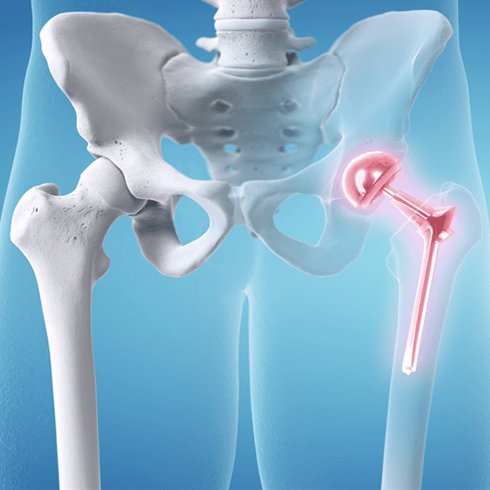

Hip replacement is the surgically procedure when in a painful hip joint with arthritis or proximal femur fracture, hip is replaced by an artificial joint made from mental and plastic components. . It is usually done when all other options have failed to provide adequate pain relief. Patient starts walking from the very next of the surgery and within 12 weeks patients can enjoy their daily lives activities such as climbing stairs, cycling, driving etc.
Hip replacement surgery is performed when the hip joint has reached a point when painful symptoms can no longer be controlled with non-operative treatments. In a hip replacement, surgeon removes the damaged joint surface and replaces it with an artificial implant.A total hip replacement is a major surgery. One should consider his or her age as it is a concern and may be an exclusion factor for a the procedure.
Conditions that can damage the hip joint, sometimes necessitating hip replacement surgery, include:
Worsens with walking, even with a cane or walker
Affects your ability to go up or down stairs
Makes it difficult to rise from a seated position
A metal ball with a plastic socket (metal-on-plastic) is the most widely used combination.
A ceramic ball may be used either with a plastic socket (ceramic-on-plastic) or with a ceramic socket (ceramic-on-ceramic).
How to select the best hip replacement implant?The ideal hip replacement implant will allow for normal activities, normal motion and last the patient’s lifetime. The main motto is patients normal activities for decades.